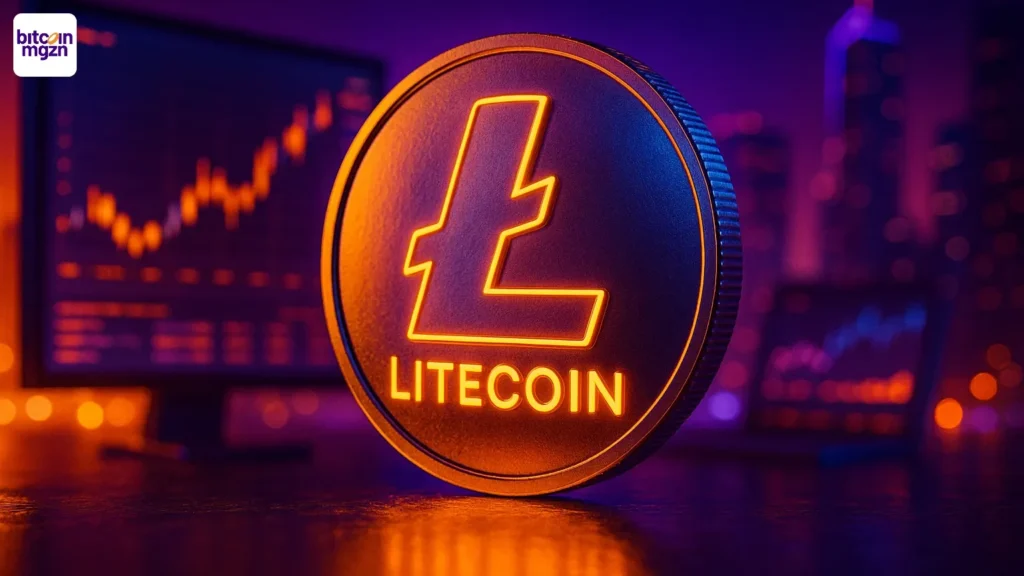According to CoinDesk Research’s technical analysis data model, bitcoin BTC$110,138.51 slid to support, snapped back into resistance, and then settled into a tighter range as activity rose around key levels.
Technical analysis highlights
- Path and range: Trading spanned about $4,296, with price probing a $106,391 low and later testing $110,700 before easing.
- Sell wave: The first leg lower saw 19,395 BTC change hands, described as 78% above typical activity for that phase.
- Rebound impulse: A V-shaped recovery emerged from the low; a 954 BTC burst helped drive price through a nearby ceiling around $110,500 before profit-taking returned.
- Larger cap: The model notes four rejections from $117,500 since August, marking a durable ceiling.
What the patterns mean
- Buyers active at the shelf: Repeated responses near $106,400 indicate demand, but overhead supply continues to lean on rebounds.
- Two-way interest: Accumulation near support met steady selling into strength, keeping trade bounded.
- Range behavior: The bounce failed to stick above the upper band, leaving price action range-bound while positions reset.
Support and resistance map
- Support: $106,400 first, then $103,000 as a deeper demand zone.
- Resistance: $110,700 to $114,500 as the near-term cluster.
- Larger cap: $117,500 remains the level the model has flagged repeatedly since August.
Volume picture
- Initial selloff: 19,395 BTC on the first leg down, about 78% above average for that window.
- Rebound burst: 954 BTC on the push back through a nearby ceiling, consistent with aggressive dip buying.
- After the test: Activity cooled as trading compressed into a tight band.
Targets and risk framing
- If buyers press: A clean break above the $110,700 to $114,500 cluster turns focus to the $117,500 cap and, if cleared, the model’s $120,000 to $123,000 extensions.
- If sellers gain control: A loss of $106,400 exposes $103,000; the model also lists a measured-move risk toward $94,000 to $88,000 if weakness compounds.
- Tactical takeaway: With two-way flows and a narrower band, many traders look for a decisive break out of the current range before leaning harder.
CoinDesk 5 Index (CD5) context
CD5 climbed from $1,893.76 to $1,920.74, a 3.04% total swing over the session. A breakout occurred around 4 a.m. UTC to $1,924.98, with the index maintaining higher lows above the $1,920 threshold.
Community reaction on X
Halloween 2025 coincided with the 17th anniversary of the release of Satoshi Nakamoto’s Bitcoin white paper, and advocates weighed in.
The Bitcoin Policy Institute urged people not to “fear the ghosts of fiat,” framing bitcoin as an alternative to a failing system.
Metaplanet’s Phil Geiger called ignoring bitcoin “the spookiest thing,” a nod to long-term adoption themes.
Bitcoin Magazine posted a Halloween price history showing bitcoin at $204 in 2013, $6,317 in 2018, $61,318 in 2021, $20,495 in 2022, $70,215 in 2024 and $110,300 in 2025, underscoring long-run gains with sharp drawdowns, and closing with a HODL message.
Disclaimer: Parts of this article were generated with the assistance from AI tools and reviewed by our editorial team to ensure accuracy and adherence to our standards. For more information, see CoinDesk’s full AI Policy.
Source: https://www.coindesk.com/markets/2025/10/31/do-not-fear-ghosts-of-fiat-says-bitcoin-policy-institute-as-bears-lurk-at-resistance


